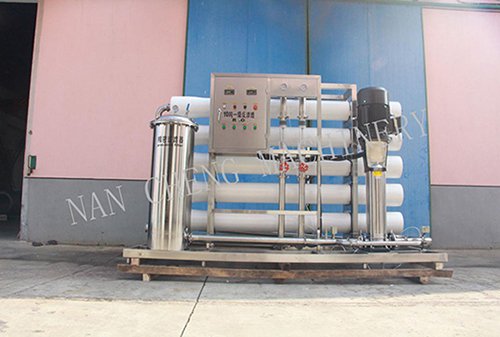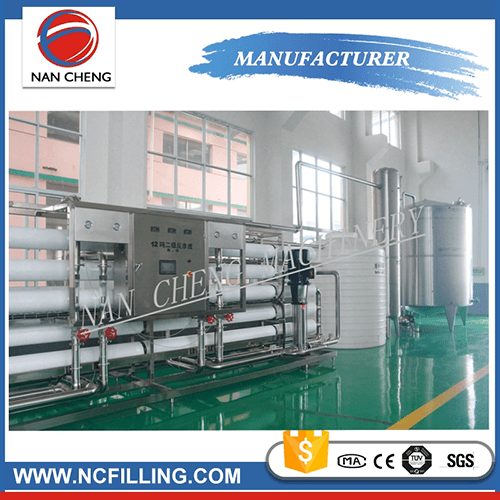Call us : +86-13601566060
+86-13921994358
Send us an Email : peter@chinancjx.com
Visit Us : 9 Tongxin Road, Leyu town, Zhangjiagang City, Jiangsu Province, China
![]() WhatsApp: +86-13921994358, +86-13601566060
WhatsApp: +86-13921994358, +86-13601566060
When the reverse osmosis membrane module is contaminated, or when there is a problem, reverse osmosis treatment is required. Let's take a look at the pollution of the reverse osmosis membrane module and the cleaning method.
Reverse osmosis membrane module contamination:
After the reverse osmosis membrane has been in normal operation for a period of time, the reverse osmosis membrane components will be polluted by suspended or insoluble substances that may exist in the feed water, such as carbonate scale, calcium sulfate scale, metal oxide scale, silicon deposition, and organic or inorganic deposition. Things.
The nature of the pollutants and the pollution speed are related to the water supply conditions. The pollution develops slowly. If measures are not taken early, the pollution will damage the performance of the membrane module in a relatively short time.
Regular inspection of the overall performance of the system is a good way to confirm that the membrane elements are polluted. Different pollutants can cause varying degrees of damage to the performance of the membrane elements.

Reverse osmosis membrane modules need to be chemically cleaned:
The removal of contaminants can be achieved by chemical cleaning and physical washing. Therefore, after the general RO system runs every day, the physical flushing method, that is, low-pressure operation for 15 minutes, is used to remove the scum on the membrane surface. However, when one of the following phenomena occurs, the reverse osmosis membrane module generally needs to be chemically cleaned.
1. When the product water flow rate drops to more than 10% of the normal value under normal pressure and temperature.
2. When the working pressure and inlet water conductivity are unchanged, the product water conductivity is more than doubled from the initial period of use.
3. The pressure difference between the working pressure and the concentrated water pressure is more than doubled from the initial stage of use.
4. Long-term outage, before sealing up.
Common pollutants of reverse osmosis membrane elements and their removal methods:
1. Calcium sulfate scale
The cleaning solution is the best way to remove calcium sulfate scale from the surface of the reverse osmosis membrane.

2. Metal oxide scale
The above-mentioned method for removing calcium carbonate scale can be used to easily remove the deposited hydroxide (for example, iron hydroxide).
3. Organic sediments
Organic sediments (such as microbial sludge or mildew) can be removed with a cleaning solution. In order to prevent reproducing, an approved sterilization solution can be used to circulate and soak in the system. Generally, it takes a long time to soak to be effective, such as reverse osmosis device When it is not used for three days, it is best to use disinfection treatment. Please consult with a professional water treatment company to determine the appropriate fungicide.
4. Silica scale
For silica scales that are not symbiotic with metal compounds or organics, they can generally only be removed by professional water treatment cleaning methods. For detailed methods, please contact a professional water treatment company.
It can be seen that when the reverse osmosis membrane is polluted, the reverse osmosis treatment is extremely important, and we hope that our analysis can help you.
By continuing to use the site you agree to our privacy policy Terms and Conditions.